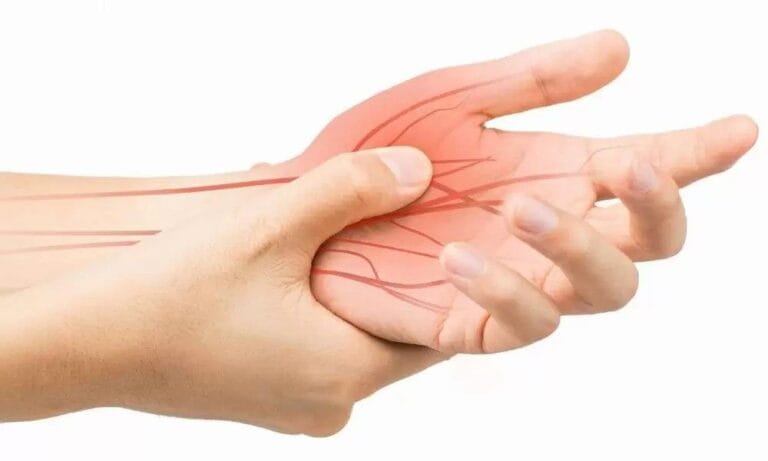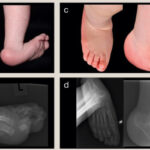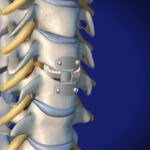Understanding types + how to find relief
Can you describe your pain?This will likely be one of the first questions your doctor asks if you complain of chronic pain. Unless there’s an obvious reason for pain, your doctor needs a lot of information to identify the underlying cause. This includes the location, type, intensity and frequency of pain. The doctor is partly trying to determine whether the pain is nociceptive or neuropathic (also called nerve pain), or possibly both.
This can be tricky because all pain is experienced through the nerves. Damage to bodily tissues, such as muscles, tendons, ligaments or the capsules around joints, causes nociceptive pain. Nerve receptors adjacent to the damaged tissue, called nociceptors, transmit a pain signal to the brain. This type of pain tends to feel sharp, achy, dull or throbbing.
Understanding ‘electric pain’
If you’re experiencing something that feels more like burning, stabbing, or shooting pain ― especially if there also is numbness or tingling ― it’s likely to be neuropathic pain. This means there is direct damage or irritation to a nerve. It can cause a lightning strike type of electric pain.
For example, a herniated disk in the spine or a narrowing of the spinal canal (stenosis) can press on a nerve as it leaves the spinal canal. This can cause pain along the path of the nerve. When nerves that originate in the lower spine are affected, symptoms might be felt in the buttocks or down a leg. If the compressed nerve is in the upper spine, the pain and other symptoms can shoot down the arm. Numbness or tingling may also occur because the brain is not receiving a consistent signal due to the compression.
Another common cause of nerve pain is carpal tunnel syndrome. A nerve and several tendons travel through a passageway in the wrist (the carpal tunnel) to the hand. Inflammation in the tunnel can press on the nerve, causing numbness and tingling in the thumb and fingers.
How is the cause of nerve pain found?
“There are so many orthopaedic conditions that overlap between pain stemming from problems with tendons, muscles, joints and nerves that you need a very discerning physician to do a good physical exam to figure out the cause. I make my determination based on when the patient experiences pain, where the pain is located and what the pain feels like.
Pain related to joints, such as from arthritis, will feel more like stiffness when going from sitting to standing. With tendon pain, it will feel sore when you push on the affected area. Nerve pain is more of a burning, fiery pain.
Nerve pain typically gets worse with more and more use and can be associated with numbness.
Ultimately, getting the right treatment depends on getting the right diagnosis. For many bone and joint conditions, nondrug treatment will be tried first. Sometimes pain medication is needed. However, neuropathic pain does not respond to drugs commonly used for nociceptive pain, such as nonsteroidal anti-inflammatory drugs.





